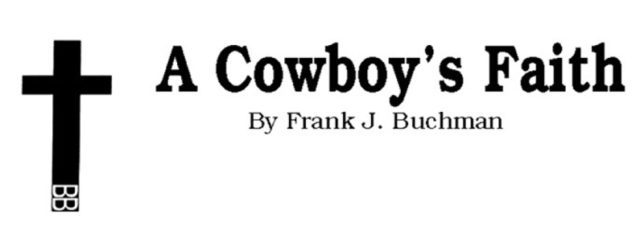“Bundles of big round hay bale plastic net wrap are up and down the highway and country roads.”
Not a day goes by that somewhere there isn’t big bale net wrap which has blown off a stockman’s pickup.
Large piles of the stuff are in most rural yards or burn piles ready for a match when winter wind calms.
Net wrap does protect big round bales from certain spoilage certainly, compared to traditional twine wrap. However, when a dozen big round hay bales are fed every morning that leaves lots of net wrap to dispose of.
Various methods of storing big round bales definitely affect how much spoilage there is too. Seemingly everybody has a different philosophy of what is the right way.
Of course it’s best when big bales are stacked in the barn, but few operations have sufficient space to get many bales inside. Stacking the big bales outside is not uncommon and probably reduces wastage compared to lineup in the field.
Likewise which way the bales are lined up and distance between each bale also has an impact on loss.
Nowadays certain stockmen are going a step further to protect big round bales storing them in large long plastic sacks.
When big round balers came on the scene in the late ’60s, sisal twine wrapped the hay like small round bales. Before unrolling apparatuses were developed, big bales were often just dropped in the field for livestock.
Nobody had such a thing as a big bale feeder and many times the bale twine was not removed. It seems peculiar why anybody would leave twine on the bales, but many did.
Oh what a mess it was when the big bale string intertwined with muddy uneaten hay all over the field. Cows often got the twine caught around their legs sometimes cutting off circulation causing swelling and lameness. It was an ordeal to catch the cow and cut the tight squeezing twine from their legs maybe leaving her lifetime crippled.
Problems getting rid of big bale net wrap are still easier than feeding small bales or loose stacked hay like the forefathers. Regardless hay is essential when there’s livestock to feed.
Reminded of Deuteronomy 11:15: “There shall be fields of hay to feed the animals that ye both eat and be full filled.”
+++ALLELUIA+++
XV–9–2-28-2021
